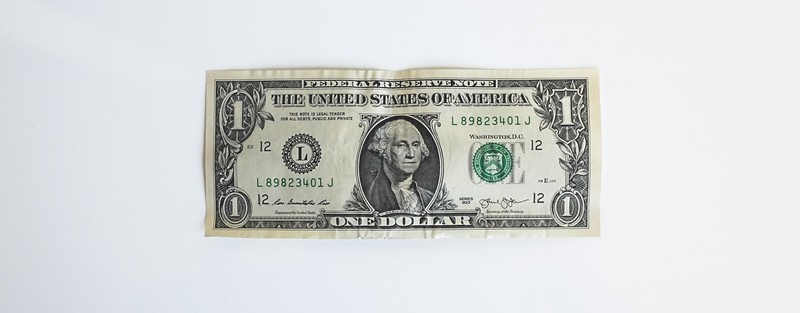A supercharged US dollar (USD) is beating up weaker global currencies like a schoolyard bully and leaving central banks scrambling to find a solution.
Catch-up: The USD has surged in value as rate hikes and economic tomfoolery leave investors flocking to the ultra-stable currency.
- It’s bad news for countries with USD-denominated import agreements (which makes goods more expensive) and loans (which leaves foreign borrowers in a tricky sitch).
Driving the news: To minimize the USD’s damage, central banks around the world have tried to prop up the value of their currencies by selling off their USDs and using the money to buy back their own currencies, which artificially inflates their value by creating fake demand.
- Japan, South Korea, Taiwan, the Philippines, Vietnam, Malaysia, and Thailand have all done this maneuver in recent months. India led the charge back in March.
- The goal of these buybacks is to stop currencies from sliding, but it’s a band-aid solution that has only managed to slow them down—and only by a little.
This obviously isn’t great for the US, as central banks have also taken to raising cash by selling off US government bonds (which hinders the demand for US government debt) and some countries, like Egypt, are developing a new tools to break ties with the USD.
Why it matters: The strength of the USD is just one challenge facing the world economy. Central banks were already working to slow record-high inflation, but the added task of protecting their currencies might not be possible without triggering a global recession.
